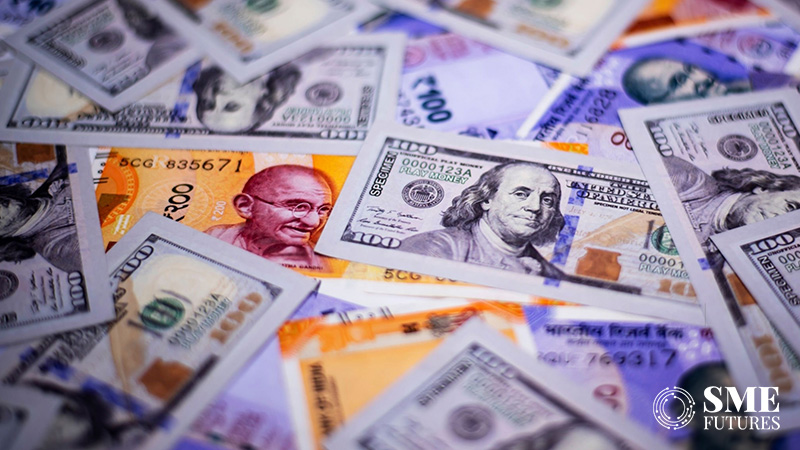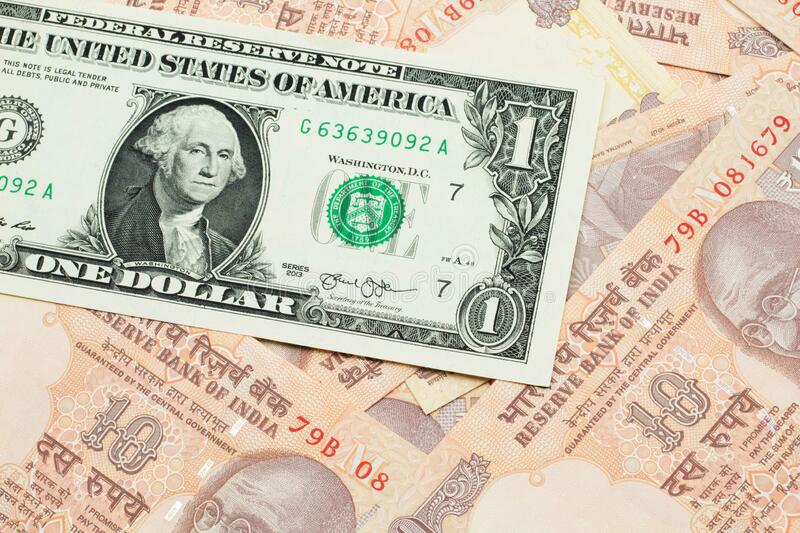Along with the decline in Asian currencies, the rupee slightly declined versus the dollar. In the morning session, the local currency was trading at 82.03 per dollar, down 0.11 percent from its previous close of 81.94. The dollar index, which gauges how well the US dollar performs versus a basket of other currencies, was down 0.04 percent from its previous finish of 102.52 to 102.479.
“As long as FII and FDI money continued to flow in, which had so far significantly boosted the value of the rupee, the downward pressure brought on by global fundamentals would be contained. The USDINR pair will be driven by the tug of war between the two main variables, RBI intervention, and money flow. For the time being, there is a slim likelihood that the pair will break through the 81.80 support area, but there is a good chance that it will move in the direction of 82.20-82.30 levels in the upcoming sessions, according to a recent note from CR Forex.
On June 22, the Bank of England will announce its next base rate decision. Market expectations point to a rate increase at the forthcoming meeting; experts’ and institutions’ forecasts for subsequent rate increases range from 5 to 6 percent, according to a Reuters article.
On Wednesday and Thursday, Jerome Powell, the chairman of the US Federal Reserve, is set to testify. Following a halt in June, traders are factoring in a probability of almost 75% that the Fed will raise interest rates by 25 basis points in July.
As the Bank of China lowered its important one-year and five-year loan prime rates to assist the economy, Asian currencies traded at a lower level. The value of the Indonesian Rupiah fell by 0.35 percent, that of the Malaysian Ringgit by 0.2 percent, the China RMB by 0.15 percent, the Taiwan Dollar by 0.12 percent, and that of the Hong Kong Dollar and the Philippine Peso by each 0.06 percent. South Korean won and Japanese yen were among the gainers, up 0.22 and 0.13 percent, respectively.

